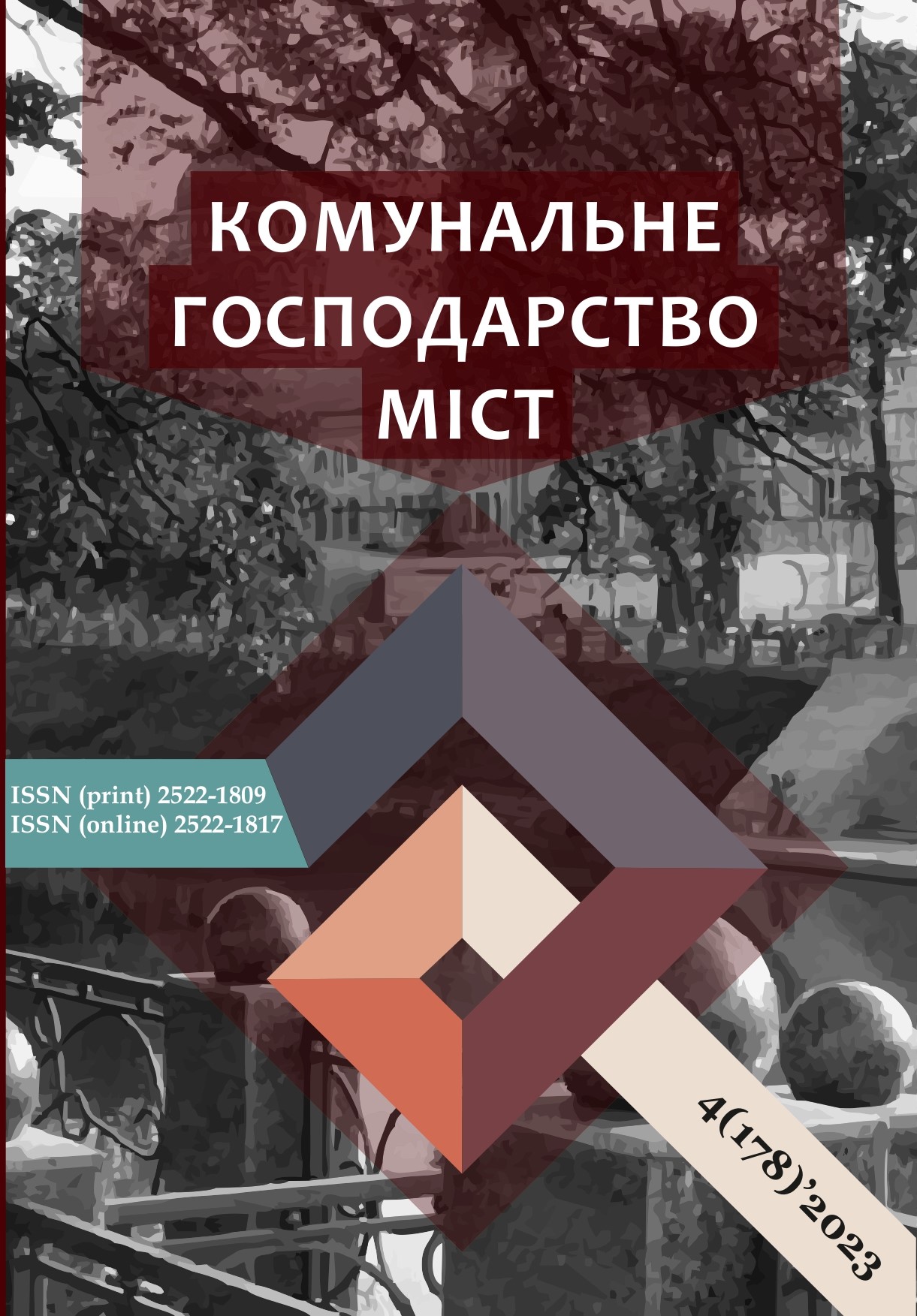CREATION OF A PORTABLE FOAM GENERATOR WITH PRACTICAL RESEARCH CONDUCTED
DOI:
https://doi.org/10.33042/2522-1809-2023-4-178-199-205Keywords:
compact medium expansion foam generator, air-mechanical foam, gas and smoke protection serviceAbstract
The article describes the process of modeling and creating a compact portable foam generator of medium multiplicity with geometric and dimensional parameters that allow for the use of air-mechanical foam directly during reconnaissance without complicating circumstances that arise during reconnaissance with a gas and smoke protection service when it is necessary to supply air-mechanical foam without a foam generator, which is not included in the minimum necessary list of firefighting tools and devices.
Generally, the use of foam generators by the gas and smoke protection service during fires is a common practice and constitutes typical actions in case of fire incidents. However, there is one particular aspect in the use of generators - their weight and geometric dimensions, which may restrict the movement of personnel in relatively confined spaces such as cable tunnels, basements, and underground structures. Therefore, greater attention should be paid to the use of foam generators with medium multiplicity.
The foam isolates the combustion zone from flammable vapors and gases, as well as the combustible surface of the material from the heat emitted by the reaction zone. It penetrates well into the premises, overcomes turns and climbs, quickly fills the volume of the room, displaces combustion products heated to high temperatures, thereby reducing the temperature in the room. To ensure instant response to the situation during reconnaissance with a gas and smoke protection service, equipment should be provided that allows for confident response to complex tactical tasks for the fire suppression commander, making informed and decisive decisions regarding reducing the likelihood of emergency situations and reducing the percentage of human and material losses.
The motto of a rescuer is "prevent, save, help." This article describes a useful model that reduces the decision-making time for the fire suppression commander at the end of reconnaissance, the time of initiating the first fire extinguishing nozzle, the time of fire localization and extinguishment, which increases the likelihood of saving human lives from fire hazards.
References
Order of the Ministry of Internal Affairs of Ukraine dated April 26, 2018, No. 340 "On Approval of the Statute on Actions in Emergency Situations of Management Bodies and Units of the Operative Rescue Service of Civil Protection and the Statute on Actions of Management Bodies and Units of the Operative Rescue Service of Civil Protection during Fire Suppression."
Klyus P.P., Palyukh V.G., Pustovoy A.S., Senchikhin Yu.M., Sirovoy V.V. (1998) Fire Tactics. Kharkiv: Osnova.
DSTU EN 2:2014 Classification of Fires (EN 2:1992; EN 2:1992/A1:2004, IDT).
NAPB 04.008-2011 Guidelines for the Organization of Gas and Smoke Protection Service in Units of the Operative Rescue Service of Civil Protection of the Ministry of Emergency Situations of Ukraine. Order of the Ministry of Emergency Situations of Ukraine dated December 16, 2011, No. 1342.
Handbook for Firefighting Leaders (2015) Kyiv: UkrNDICZ, NUCPZ Ukraine, LDUBZHD, CHIPB named after Chernobyl Heroes NUCPZ Ukraine.
Kovalov P.A., Ponomarenko R.V., Borodich P.Yu. (2017) Handbook of a Firefighter-Rescuer. Kharkiv.
DSTU 4041-2001 Special Purpose Foam Generators Used for Extinguishing Water-Soluble and Water-Miscible Flammable Liquids. General Technical Requirements and Testing Methods.
EN 16712-4:2018 Portable Equipment For Projecting Extinguishing Agents Supplied By Firefighting Pumps - Portable Foam Equipment - Part 4: High Expansion Foam Generators PN16.
EN 16712-1:2015 Portable equipment for projecting extinguishing agents supplied by fire fighting pumps - Portable foam equipment - Part 1: Inductors PN 16.
EN 16712-2:2015 Portable equipment for projecting extinguishing agents supplied by fire fighting pumps - Portable foam equipment - Part 2: Pick-up tubes.
Kovalyshyn V.V., Ulynets E.M., Hrushovinchuk O.V., Kavetskyi V.V. (2011) Study of the Dependence of Air-Mechanical Foam Multiplicity on Geometric Parameters of the Foam Generator. Scientific Bulletin of UkrNDIB. No. 2 (24). P. 74-79.
Kudryavtsev A.A. (1970) Air-Mechanical Foam as a Dust Suppression Agent. "Occupational Safety in Industry," No. 8.
Myroshnyk O.M., Zemlyansky O.M., Pelipenko M.M. (2019) Compact Generator of Medium Expansion Foam. Emergency Situations: Prevention and Elimination. Cherkasy: No. 1 (3). Pp. 51-58.
Downloads
Published
How to Cite
Issue
Section
License
The authors who publish in this collection agree with the following terms:
• The authors reserve the right to authorship of their work and give the magazine the right to first publish this work under the terms of license CC BY-NC-ND 4.0 (with the Designation of Authorship - Non-Commercial - Without Derivatives 4.0 International), which allows others to freely distribute the published work with a mandatory reference to the authors of the original work and the first publication of the work in this magazine.
• Authors have the right to make independent extra-exclusive work agreements in the form in which they were published by this magazine (for example, posting work in an electronic repository of an institution or publishing as part of a monograph), provided that the link to the first publication of the work in this journal is maintained. .
• Journal policy allows and encourages the publication of manuscripts on the Internet (for example, in institutions' repositories or on personal websites), both before the publication of this manuscript and during its editorial work, as it contributes to the emergence of productive scientific discussion and positively affects the efficiency and dynamics of the citation of the published work (see The Effect of Open Access).

